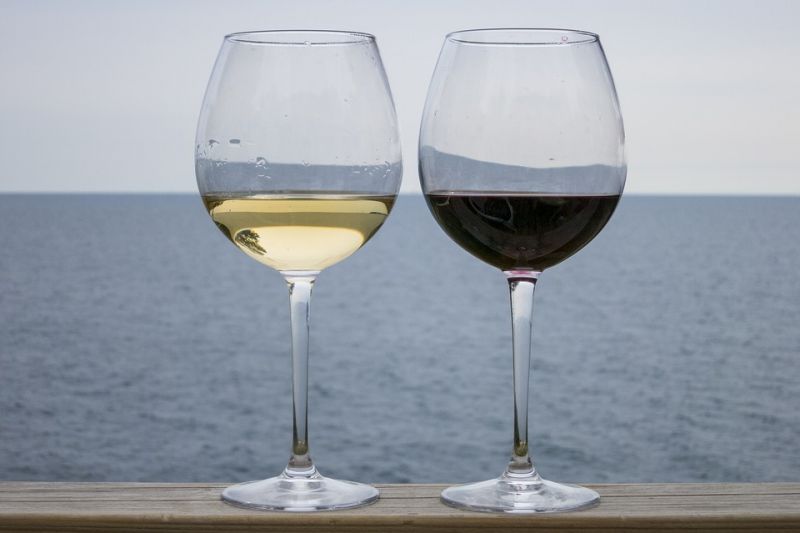Tijuana Turns Wastewater Into Wine
Published on by Water Network Research, Official research team of The Water Network in Business
Italian winemaker Camillo Magoni is using reclaimed water at La Morita treatment plant in the Mexican border city of Tijuana to cultivate 800 lush vines in its grounds, producing red wine he quips could retail for $200 a bottle.
If the experiment works, transporting treated wastewater through the arid Baja de California peninsula to the Valle de Guadalupe, south of Tijuana, to irrigate the area’s upscale vineyards could be an option for winegrowers competing with nearby towns for scarce water supplies.

Source: Pixabay
“It tastes like a Cabernet Sauvignon. There’s absolutely no difference,” said Magoni, who has worked for more than 50 years in Baja’s wine industry. “The water we’re using is very clean; it’s practically crystalline.”
Magoni’s project to turn wastewater into wine could help find a solution to the area’s water shortages, he said. “We’re going to continue and see in the future if there’s interest... from the industry players,” he added.
High-tech systems are already taking water from “toilet to tap” in some countries like Singapore, which recycles water for drinking and industry, while Israel reuses much of its wastewater for irrigation.
California’s Orange County, meanwhile, is pumping millions of gallons a day reclaimed from sewer effluent into aquifers, where it is filtered naturally before being drunk.
But Latin American countries - where many struggle with crippling shortages despite the region’s overall water abundance - have been slow to catch on to the potential of water recycling, according to experts who say most reuse is informal.
The tide is slowly turning in Mexico, Chile and Brazil where wastewater is now viewed as an asset as thirsty cites vie for increasingly valuable water supplies with industry and agriculture, which together account for nearly 90 percent of water withdrawals worldwide.
“Engineers have this tendency to say ‘We’re running out of water; we need a new source’,” said Diego Rodriguez, a water management specialist with the World Bank.
“You get the water from the source - you treat it, it’s used, it’s discharged. That’s very linear thinking. If you start circular thinking, you begin looking much more at the value of reuse.”
Read full article: Reuters
Media
Taxonomy
- Wastewater Use
- Water Reuse & Recycling
- Industrial Water Reuse
- Reuse
- Water Management
- Water Resource Management
- Wine
- Vineyard & Winery